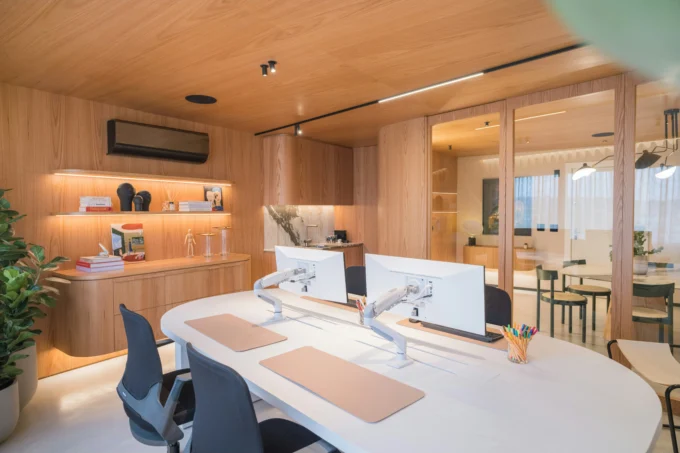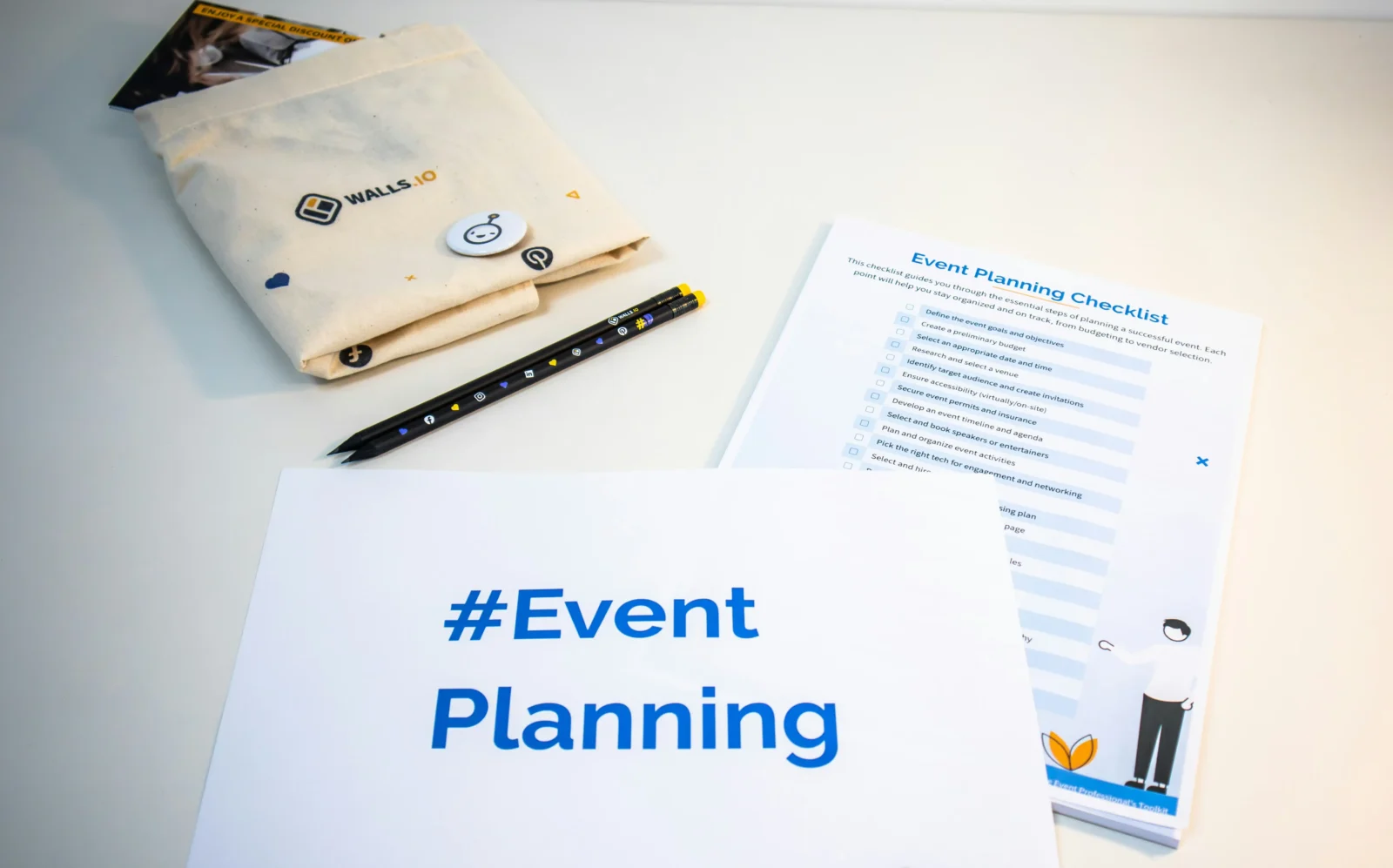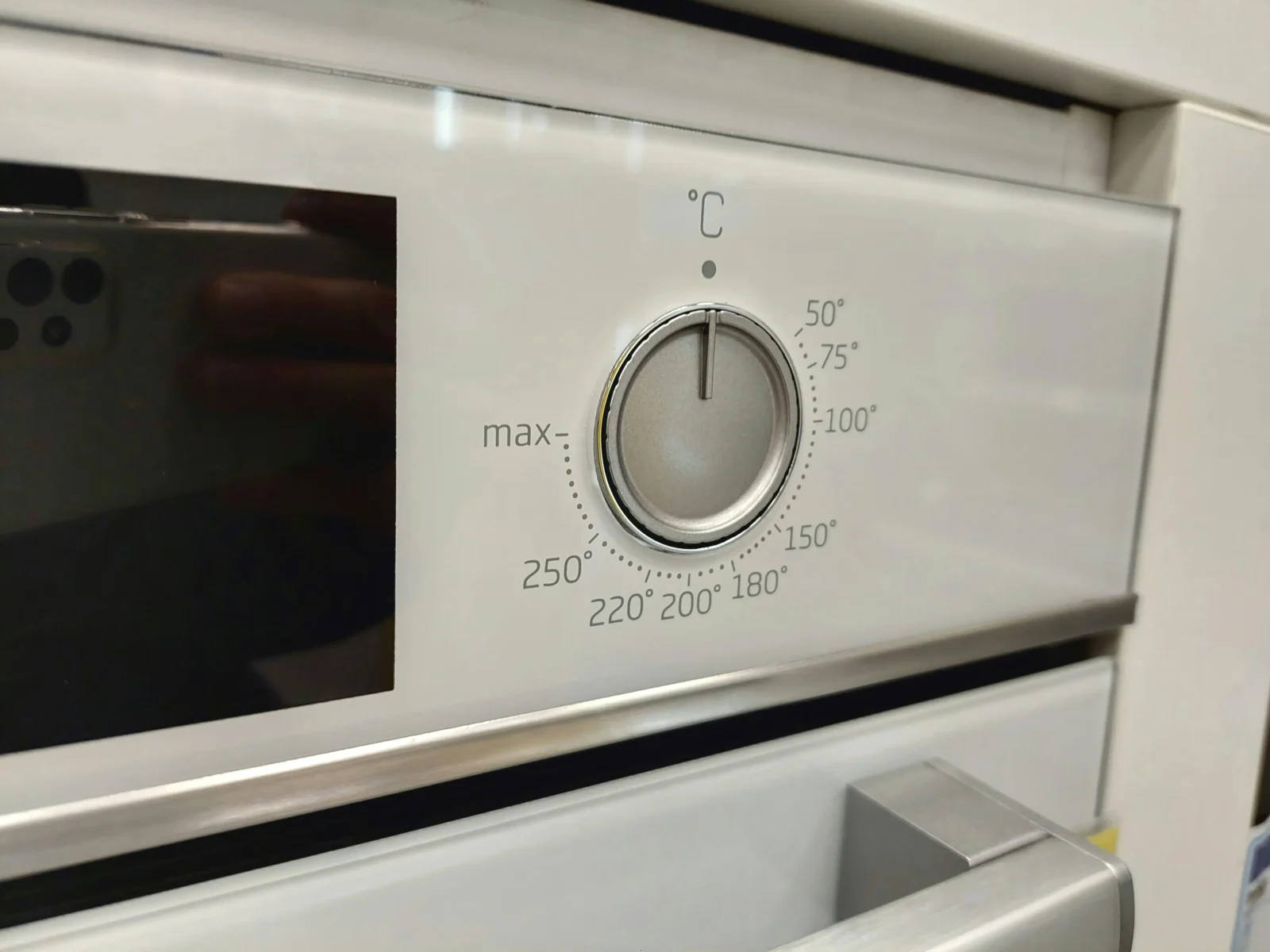- Home
- Articles
- Architectural Portfolio
- Architectral Presentation
- Inspirational Stories
- Architecture News
- Visualization
- BIM Industry
- Facade Design
- Parametric Design
- Career
- Landscape Architecture
- Construction
- Artificial Intelligence
- Sketching
- Design Softwares
- Diagrams
- Writing
- Architectural Tips
- Sustainability
- Courses
- Concept
- Technology
- History & Heritage
- Future of Architecture
- Guides & How-To
- Art & Culture
- Projects
- Interior Design
- Competitions
- Jobs
- Store
- Tools
- More
- Home
- Articles
- Architectural Portfolio
- Architectral Presentation
- Inspirational Stories
- Architecture News
- Visualization
- BIM Industry
- Facade Design
- Parametric Design
- Career
- Landscape Architecture
- Construction
- Artificial Intelligence
- Sketching
- Design Softwares
- Diagrams
- Writing
- Architectural Tips
- Sustainability
- Courses
- Concept
- Technology
- History & Heritage
- Future of Architecture
- Guides & How-To
- Art & Culture
- Projects
- Interior Design
- Competitions
- Jobs
- Store
- Tools
- More
DIY Home Golf Projects: Building Your Own Putting Green

Having a home putting green offers numerous benefits for golf enthusiasts. It provides a convenient way to practice putting skills, enhances your backyard or indoor space, and can be a fun and engaging project to undertake.

With the rise in popularity of DIY home golf projects, more and more golfers are exploring ways to bring their favorite sport closer to home so they won’t have to bring their golf bag for carts everywhere. Building your own putting green can be a rewarding experience, allowing you to customize the setup to meet your specific needs and preferences.
Table of Contents
TogglePlanning Your Home Putting Green
Selecting the ideal location for your putting green is crucial. Outdoor locations should have good drainage to prevent waterlogging, while indoor spaces should have enough room to accommodate the putting surface and allow for comfortable movement.
The size and layout of your putting green will depend on the available space and your personal preferences. Consider how much space you have and what kind of putting experience you want to create.
A typical home putting green can range from 6 to 12 feet in length, but you can adjust the dimensions to suit your needs. Plan the layout to include multiple holes and varying slopes to simulate different putting scenarios.
For those looking to fine-tune their short game after setting up a backyard green, exploring Charlotte NC golf lessons can provide valuable insights into proper technique and form.

Budget Considerations and Material Selection
Budget is an important factor in any DIY project. Determine how much you are willing to spend and plan your project accordingly.
Key materials for a putting green include artificial turf, base materials (such as gravel and sand), edging materials, and tools for installation.
Research different types of artificial turf to find one that offers the right balance of quality and cost. High-quality turf will provide a more realistic putting experience and last longer.
Building Your Putting Green: Step-by-Step Guide to Constructing the Base
- Prepare the Ground: Clear the chosen area of any debris, rocks, or vegetation. Level the ground and ensure it is smooth.
- Install Edging: Place edging around the perimeter of the area to contain the base materials and turf. Edging can be made of plastic, metal, or wood, depending on your preference.
- Lay the Base Material: Spread a layer of gravel or crushed stone over the area to create a stable foundation. Compact the material using a plate compactor or tamper.
- Add a Sand Layer: Spread a layer of sand over the gravel, then smooth and compact it. This layer will provide a smooth surface for the turf.
Installing the Putting Surface
- Measure and Cut the Turf: Measure the area and cut the artificial turf to fit. Ensure the cuts are precise to avoid gaps.
- Lay the Turf: Roll out the turf over the prepared base. Adjust it to fit snugly within the edging.
- Secure the Turf: Use landscape nails or adhesive to secure the edges of the turf. Make sure it is firmly attached to prevent movement.
Adding Holes and Finishing Touches
- Cut the Holes: Mark the locations for the holes and use a utility knife to cut out the turf. Insert the cups into the holes.
- Add Sand Infill: If your turf requires sand infill, spread a thin layer of sand over the surface and brush it in. This will help the turf blades stand upright and improve the putting experience.
- Finishing Touches: Add any additional features, such as flags for the holes, decorative borders, or surrounding landscaping to enhance the aesthetic appeal.

Maintaining Your Putting Green
Maintaining your putting green is essential to ensure it remains in top condition and provides a consistent putting experience. Regular maintenance includes:
- Brushing the Turf: Regularly brush the artificial turf to keep the fibers upright and even. This helps maintain the surface’s smoothness and appearance.
- Cleaning Debris: Remove leaves, dirt, and other debris from the putting green using a leaf blower or a broom. Keeping the surface clean prevents damage and prolongs its lifespan.
- Checking for Wear and Tear: Periodically inspect the turf for any signs of wear and tear, such as fraying edges or areas that have become uneven. Address any issues promptly to prevent further damage.
Seasonal Care and Adjustments
In areas with harsh winters, it’s advisable to cover your putting green with a protective tarp to prevent damage from snow and ice. Alternatively, you can apply a winterizing solution designed specifically for artificial turf. Come spring, thoroughly clean your putting green to remove any debris that accumulated over the winter months. Re-brush the turf and check for any damage that may have occurred. During the summer, occasionally hose down the turf to keep it cool, which helps prevent the surface from becoming too hot and uncomfortable to use.
Anyone who cannot play outside during colder months or wants to avoid upkeep can go for indoor golf centers. Venues like Golf VX in Arlington Heights provide golf simulation systems that make year-round training possible within a closed facility. Apart from the serious training, most such venues have places to relax, good food and entertainment—so they are suitable for both sports and social purposes.
Introduction to Golf Launch Monitors
Golf launch monitors are devices that measure various aspects of your golf swing and ball flight, providing valuable data to help you improve your game. They use advanced sensors and radar technology to capture information such as ball speed, launch angle, spin rate, and distance.
Benefits of Using Launch Monitors
- Accurate Data: Launch monitors provide precise data that can help you understand your strengths and weaknesses, allowing you to make informed adjustments to your swing.
- Practice Efficiency: With detailed feedback, you can practice more effectively, focusing on specific areas that need improvement.
- Progress Tracking: Track your progress over time by comparing data from different practice sessions. This helps you see how your game is evolving and identify patterns.
Best Launch Monitors Available
Some of the best launch monitors currently on the market:
TrackMan: Known for its accuracy and comprehensive data, TrackMan is a favorite among professional golfers and coaches. It offers detailed analysis and simulation capabilities.
SkyTrak: A more affordable option, SkyTrak provides accurate data and a range of simulation options, making it ideal for home use.

FlightScope Mevo: This portable launch monitor is known for its ease of use and affordability, offering essential data for golfers looking to improve their game.
Wrapping Up
Building your own putting green can provide endless hours of enjoyment and a valuable opportunity to improve your golf skills.
With the right planning, construction, and maintenance, your DIY putting green can be a long-lasting addition to your home.
Enhancing your setup with tools like golf launch monitors can further elevate your practice experience, making it more effective and enjoyable.
Start your DIY project today and enjoy the benefits of having a personal putting green right at your fingertips.
illustrarch is your daily dose of architecture. Leading community designed for all lovers of illustration and #drawing.
Submit your architectural projects
Follow these steps for submission your project. Submission FormLatest Posts
Why Smart Bin Rental Strategy Shapes Better Architecture Projects
Picture this: you’re standing before your dream architectural project, blueprints approved, permits...
The 10 Most Iconic Buildings in the World and Their Stories
From ancient marvels like the Great Pyramid of Giza to modern icons...
How to Choose the Best Balloon Garland Kit for Your Event Theme
Balloon garlands are now a very popular decoration for today’s celebrations, including...
Dependable Service for Everyday Appliance Problems
When a washer stalls mid-cycle or a fridge warms up, you need...











Leave a comment